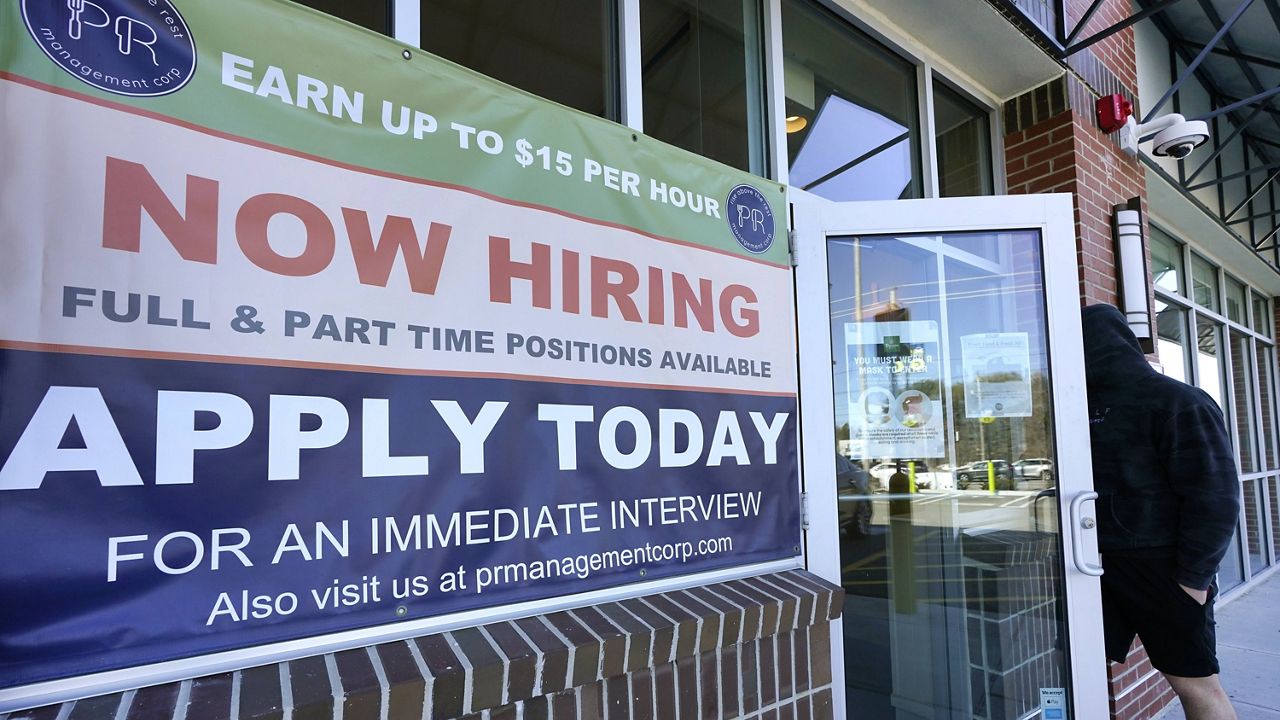RALEIGH, N.C. (AP) — There are too many monetary payment errors by North Carolina’s unemployment office for its chief jobless benefits program, according to a state auditor's report released Wednesday.
The performance audit of the state Division of Employment Security examined the N.C. Unemployment Insurance program from April 2016 through March 2021. Auditors also recommended actions by the division to improve payment accuracy.
The program claims are paid for with state unemployment taxes from employers and administered using federal funds.
The division scrutinizes intensely several hundred claims annually, with the results forwarded to the U.S. Labor Department. The samples estimate the accuracy of paid claims throughout the entire program.
While the program paid nearly $2.2 billion in claims during the entire period, an estimated $384 million in payments were considered improper, the report from State Auditor Beth Wood's office said, either through issuing too much money to benefit applicants or too little.
That equates to an average improper payment rate of 17.6%, well above the division's obligated limit of less than 10% of paid claims, according to the report. The program exceeded that mandated level in each of the years examined.
The result is the division incurred about $166 million in improper payments over and above the federal limit, Wood's office said.
“Consequently, these public funds were not used for the intended purpose of providing financial assistance to unemployed North Carolinians in times of need,” Wood's auditors wrote. Exceeding the rate doesn't result in immediate penalties from the federal government.
The audit didn’t examine payments from federal pandemic unemployment programs run by the state but paid for entirely by the federal government. The pandemic-related programs cut the overwhelming number of displaced worker payments in 2020.
Wednesday's findings aren't surprising, given that the U.S. Labor Department already identified North Carolina's program as “high-rate/high impact” due to its rate. In turn the state receives targeted assistance to reduce the rate.
Still, the review attributes nearly all of the overpayments to three points in the process of a displaced worker applying for and receiving weekly benefit payments.
Too many claimants received payments even when they failed to provide enough evidence that they met minimum work search requirements, the audit said, while others didn't report income after returning to work.
And auditors said the division lacked standardized procedures to resolve disputes between employers who say their former worker quit or was fired — disqualifying a person for benefits — and claimants who contend they were laid off.
Commerce Department Secretary Machelle Sanders, whose agency oversees the unemployment benefits division, agreed with the improper payment finding and the chief recommendations to make improvements.
In a more detailed response attached to the audit and a letter from Sanders, the Commerce Department pointed out that the division “is encouraged by the improvement in its rate over the last several years and continues to focus on reducing improper payments.” The improper payment rate was 25.5% in fiscal year 2018, the report said. It was under 16% in 2021.
A new federal grant could help benefit claimants more easily collect work search activities online, the department wrote.
A similar performance audit by Wood released in March that examined federal- and state-funded unemployment benefit programs during 2020 and part of 2021 found the division failed to distribute $438 million in initial claims in a timely way. The agency had taken in a record number of applicants in 2020 during the lockdown and related business restrictions.





